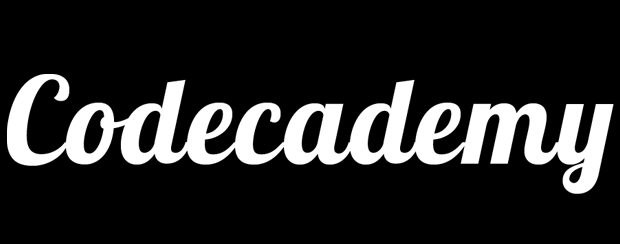I’m happy to date myself and say this: in the days before computer graphics, when animators worked painstakingly by hand (yes, I know, computer rendering is painstaking), animated films just seemed… I don’t know, prettier, more impressively artful. I’ll take the heat for saying so and give you two short films as evidence, both from innovative animator Ishu Patel. Originally from Gujarat, India, Patel has made only a handful of short films in his twenty-five year career, most of them for the National Film Board of Canada. But six of those films won top honors at international film festivals and two—Paradise and The Bead Game—were nominated for Academy Awards.
Paradise (above), made in 1984, uses hand-drawn designs and so-called “under-the-camera” animation techniques such as cut-out, back-lit plasticine, sand, and painted glass to render an exotic and shimmering world. Each frame is a work of art on its own; in fact, Patel includes stills from the films on his site, some showing preliminary sketches. Much of Paradise takes place inside a palace that resembles an intricate chalk drawing. There, a lone monarch watches as a flamboyant bird (of paradise?) transforms itself into a dazzling succession of colorful forms. Outside, in a landscape right out of Henri Rousseau, a solitary black bird lurks, attempting to rival the other bird’s beauty, with little success. The original score by Gheorghe Zamfir (yes, Zamfir, of the pan flute fame) conjures Ennio Morricone.
In 1977’s The Bead Game (below), Patel’s first animated film, the setting is much sparser—a solid black background and a spare, percussive soundtrack by J.P. Ghosh. But the activity is unrelenting as a collection of beads evolve from single cells, to epithelial folds, to a series of creatures, each one devouring the previous until humans arrive. Once we do, we develop progressively more destructive ways to kill each other. The finale is a psychedelic tour-de-force. One can only imagine the amount of time and care that went into stop-motion animating these hundreds of beads. The effect is simply stunning and results in a singular vision one rarely sees in CGI-only work. Again, I’ll take the heat, but I stand by it: animation by hand produced work that no computer-generated image has yet rivaled.
Patel’s films will be added to the Animation section of our list of 500 Free Online Movies.
Josh Jones is a doctoral candidate in English at Fordham University and a co-founder and former managing editor of Guernica / A Magazine of Arts and Politics.



